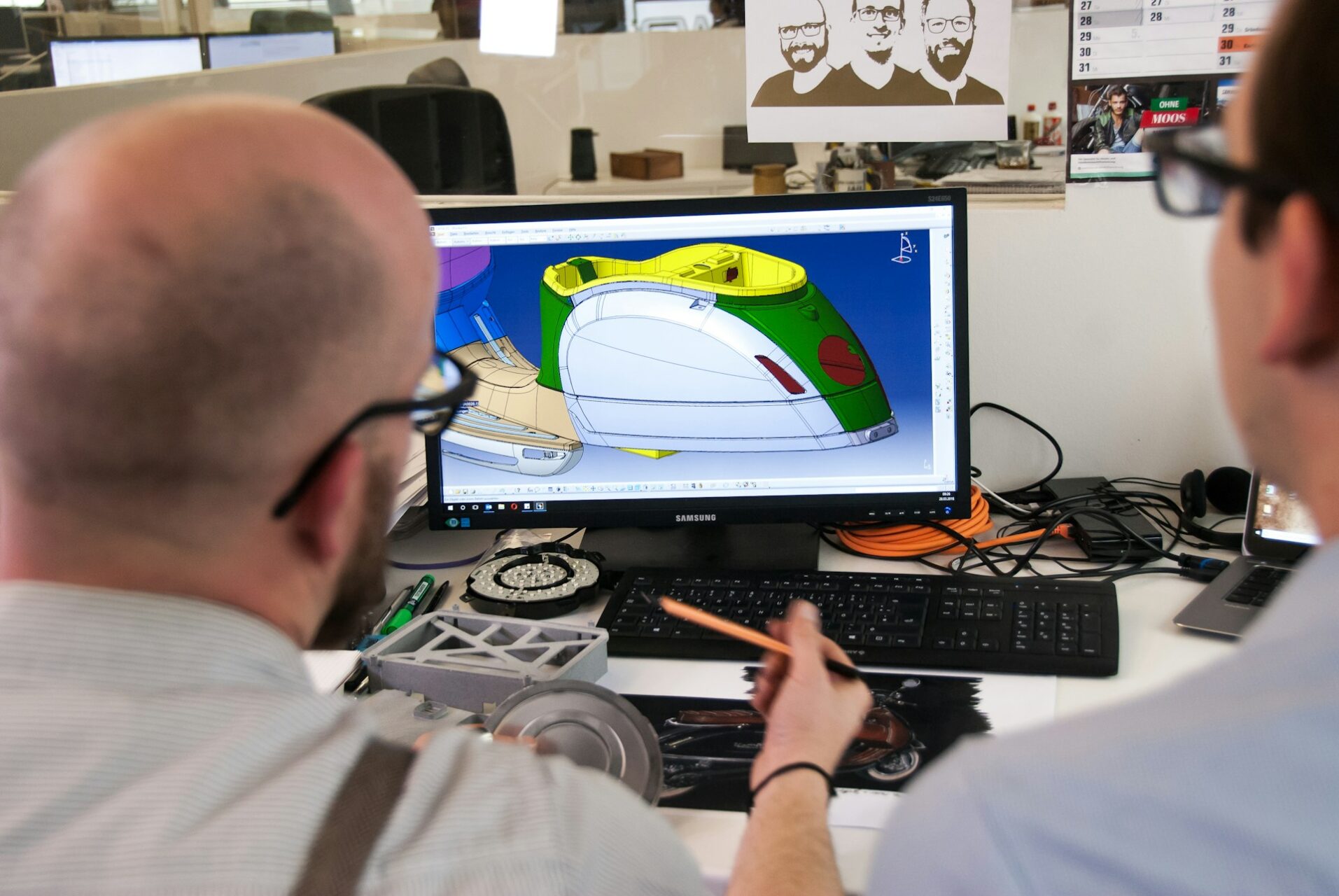
Here’s How Manufacturers Will Benefit From Predictive Maintenance
January 9, 2018 - Emily Newton
Revolutionized is reader-supported. When you buy through links on our site, we may earn an affiliate commision. Learn more here.
Most industrial professions understand the value of preventive maintenance over corrective maintenance, but how many implement predictive maintenance?
Corrective maintenance, also called reactive maintenance, takes place after a piece of equipment or machinery begins to operate ineffectively or exhibits faults. Unfortunately, this practice can lead to inefficiencies, schedule disruptions, delays and overtime.
Alternatively, preventive maintenance is the practice of monitoring and performing maintenance on equipment before major breakdowns or failures occur. The effort spent on collecting data and maintaining machinery outweighs the costs of repairing equipment under tight deadlines when unexpected issues arise.
Many manufacturers, however, fail to place emphasis on the value of predictive maintenance, which involves more detailed analysis of machinery. Thanks to new advances in IoT technology and AI learning, manufacturers can now equip machinery with strategic sensors that provide alerts when a piece of equipment needs extra attention. Here are several ways predictive maintenance can benefit your factory.
Optimize Machinery Use
When manufacturers have advanced notice of when a piece of equipment may fail, they can plan to schedule repairs during slow periods or downtime. Scheduling maintenance reduces the instances of unexpected breakdowns and allows production to continue with minimal to no interruption.
Planning ahead also allows owners to optimize machinery use. Rotating out machinery that is scheduled for repairs enables operations to continue as planned. This reduces interruptions in the supply chain process.
Reduce Overall Maintenance Costs
Unexpected breakdowns or failures are often expensive to fix. Owners need to consider the cost of the equipment repairs, along with the lost time and production expenses. If a failure occurs over a weekend or holiday, costs for repairs can climb quickly if a mechanic needs to travel during off hours or on short notice.
When machinery is rotated out of regular operations, mechanics can perform repairs during regular business hours at scheduled times. This reduces their potential costs and allows companies to better budget their expenses rather than dipping into contingency or emergency funds.
Reduce Machine Failures
Thanks to the IoT, it’s easier than ever to identify potential equipment failures. Embedded equipment sensors, combined with machine learning algorithms, can analyze trends in data to quickly uncover problem areas.
This process helps pinpoint specific areas that are in need of repair, which reduces the amount of time spent analyzing and trying to determine where a problem originated. Fewer equipment failures mean more cost-savings over time, which is beneficial for a factory’s bottom line.
Minimize Downtime
Downtime in the manufacturing industry translates to lost profit. When machinery isn’t operating, it directly impacts production rates. Taking equipment out of operation for shorter, planned periods as opposed to prolonged, undefined periods for critical repairs can increase profit. Additionally, factories with required quotas or contracts will have a higher likelihood of meeting their commitments since they will reduce the risk of unexpected delays.
Improve Service Part Life Expectancy
Preventive maintenance can improve the life expectancy of machinery by nearly 40 percent. Predictive maintenance can improve this figure even more. Critical failures in parts will eventually wear down other components in equipment, which over time reduces the economic lifespan and overall efficiency. Knowing exactly when to replace targeted components ensures equipment runs as intended for longer.
Develop a Safer Operating Environment
Unexpected equipment failures can lead to worker injuries or create an unsafe working environment. IoT technology can help create a safer working environment by notifying employees when a piece of machinery is at risk of failing. With enough advance notice, workers can then remove a potentially dangerous piece of equipment from operation before an accident occurs.
A safer work environment will make your employees more comfortable and improve worker morale. When worker morale increases, so does employee productivity. Additionally, employees will be more likely to enjoy their jobs and turnover may be reduced.
Benefit Your Bottom Line
Ultimately, predictive maintenance takes preventive maintenance to a higher level. The advanced analysis allows factories to save money by only repairing specific components. Owners will also save money by directing technicians to repair specific parts of equipment instead of requiring them to find where issues occurred.
Targeted repairs and replacements open up technicians to perform vital duties elsewhere throughout a facility, which will maximize their time.
Predictive maintenance will help your factory realize greater cost savings over time while also reducing the stressful instances of unexpected failures and delays.
Revolutionized is reader-supported. When you buy through links on our site, we may earn an affiliate commision. Learn more here.
Author
Emily Newton
Emily Newton is a technology and industrial journalist and the Editor in Chief of Revolutionized. She manages the sites publishing schedule, SEO optimization and content strategy. Emily enjoys writing and researching articles about how technology is changing every industry. When she isn't working, Emily enjoys playing video games or curling up with a good book.




